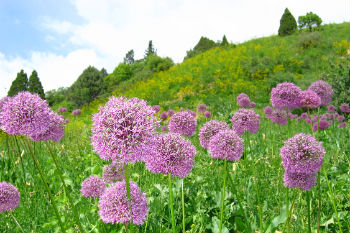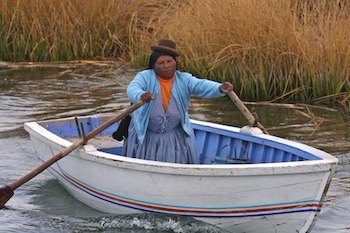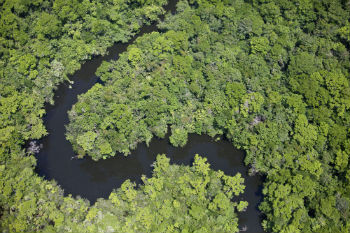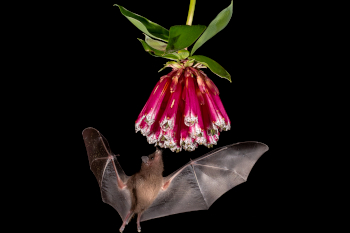Main menu
CEPF is a joint initiative of l’Agence Française de Développement, Conservation International, the European Union, Fondation Hans Wilsdorf, the Global Environment Facility, the Government of Canada, the Government of Japan and the World Bank. A fundamental goal is to ensure civil society is engaged in biodiversity conservation.
Visitez le site français コア情報の日本語翻訳を読むOr use Google Translate to translate the English site to your language:
GTranslate
Overview
Mzimvubu River: Working together for water and biodiversity
Overview
Contributing to Convention on Biological Diversity Aichi Targets
When I return, as I often do, to the rural village and area of my childhood and youth, the poverty of the people and the devastation of the natural environment painfully strike me. And in that impoverishment of the natural environment, it is the absence of access to clean water that strikes most starkly.
– Nelson Mandela
Overview
The theme of this year’s International Day for Biological Diversity, which took place on May 22, is “Biodiversity for sustainable development.” This theme reflects the importance of biodiversity ― the variety of life on Earth ― for sustainable development and human well-being.
Overview
People, planet, prosperity, peace and partnership — these are the areas of critical importance identified by the United Nations via the Sustainable Development Goals, also known as the SDGs or “global goals.” The Critical Ecosystem Partnership Fund (CEPF) focuses on biodiversity conservation and partnership, believing these to be fundamental to all of these elements of a sustainable future.
More than 1 billion people make a living from wetlands. Protecting wetlands is critical to ensuring that these people continue to benefit from these ecosystems for their livelihoods — whether it be for fishing, rice farming, tourism or transport.
Wetlands also sustain biodiversity by offering habitat for numerous freshwater and saltwater species, provide people with food and fresh water, protect shores against flooding, and store carbon, which helps regulate climate change.




